How To Get Into Paddleboarding
So apparently paddleboarding’s getting pretty popular, John…
There are a lot of people excited to be back on the water right now and a lot of other people discovering paddleboarding for the first time. The sport’s been around for a while, but this boom has been driven by gyms being closed, the desire to do something socially with friends, and the sun shining. We’ve seen a 300% jump in board sales and enquiries – in fact we had the busiest May in our 11-year history.
What do you love about it?
When I was windsurfing professionally, it wasn’t always a sport I could do with my friends back home. Paddleboarding is so accessible – you don’t need much kit and there isn’t a steep learning curve. There are so many place to explore in the UK and, if you get an inflatable board, it packs down small enough to take with you wherever you go abroad. So it’s the ideal sport for exploring new places and discovering what’s around you.
And you can do it standing up or kneeling?
You can do it almost any way you want. We focus on stand-up paddleboarding (SUP). We make boards that cater for recreational paddlers and boards that cater for white-water SUP. We’ve designed boards for hikers and commuters – which fold down into a rucksack. We’ve even got a yoga board, and a tandem board designed for sharing.
Where can you do it?
You can paddle anywhere with water, though I’d recommend novices avoid rocky beaches or fast-flowing rivers. In many areas of Britain, paddleboarding is a viable commuting option too – canals and city waterways are often quicker than public transport.
How hard is it?
There’s only one way to find out – give it a go. Lessons aren’t essential, but SUP schools are a great way to improve your technique, meet fellow paddlers and explore new routes.
Is it much of a workout?
A gentle paddle burns 305-430 calories per hour, which is the equivalent of cycling at 13mph for the same amount of time. You could maximise your workout with paddleboard yoga, or try SUP surfing, which burns on average 735 calories per hour.
What kit do you need?
First of all, you’ll need a board. Do your research. Make sure it is double layered, and also check the sustainability of the chosen brand. Many boards are poorly made and will just be chucked in landfill after a few months. At Red Paddle Co, we specialise in inflatable products. We wanted to make something really robust that you could pack away then easily pull it out and SUP with friends. Hardboards certainly have their place, but they take more planning in terms of transport.
You’ll also want a personal flotation device (PFD) – just in case you fall in. We do a waist belt that’s a less bulky alternative to a buoyancy aid. The final essential is a waterproof deck bag – somewhere to keep you mobile, car keys, food, drinks and spare kit safe and totally dry.
Anything you need to know before setting out?
Keep an eye on the latest guidelines on the British Canoe website – right now, they say paddle locally and paddle responsibly. In line with RNLI safety advice, only experienced paddlers should use the coastline at the moment. Less experienced riders should stick to stretches of water that aren’t influenced by tides or currents.
JOHN’S TIPS FOR FIRST TIMERS
- Plan your route and check the conditions, avoiding offshore winds.
- Avoid rocky shorelines and restricted launching/landing sites.
- Avoid fast-flowing rivers and estuaries.
- It’s an offence to disturb wild birds when nesting. Paddlers should take care not to disturb them and any other wildlife that may have returned to the water.
- Always tell someone where you are going and when you will be back. Tell them what to do if you don’t return. Downloading the Paddle Logger app is a good idea.
- If you’re going to be late (because you are having too much fun), make sure you tell your contact, so they don’t raise the alarm.
- Always wear some form of personal flotation device and take a mobile phone with you (in a waterproof case).
For more information, visit RedPaddleCo.com. And check out Red Paddle Co’s online tutorial here.
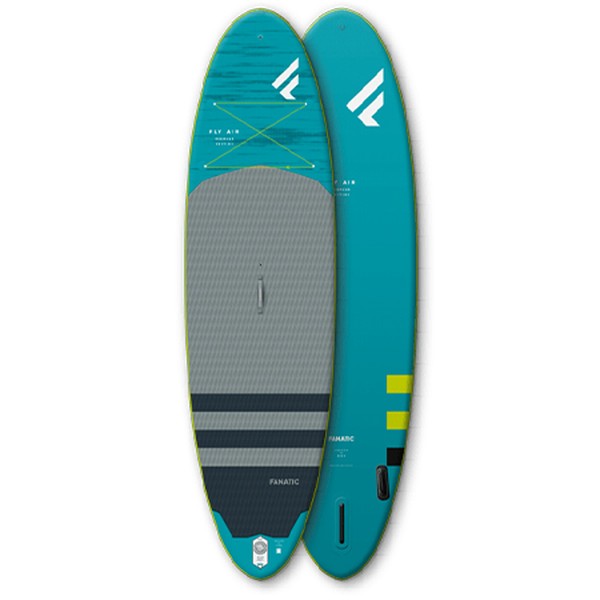
Fanatic
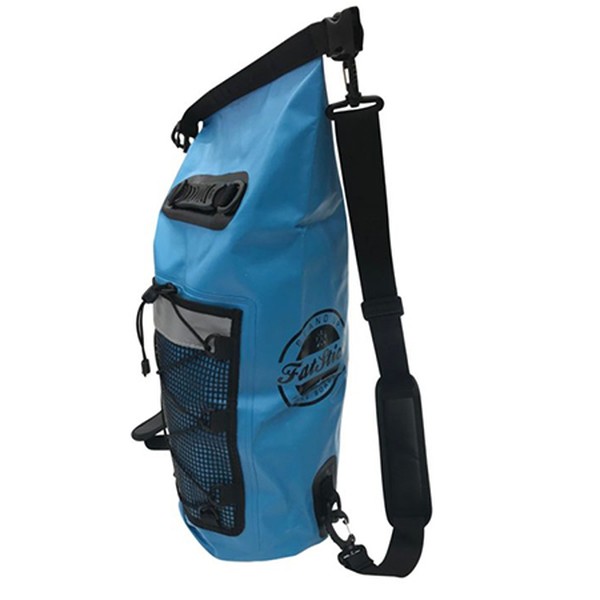
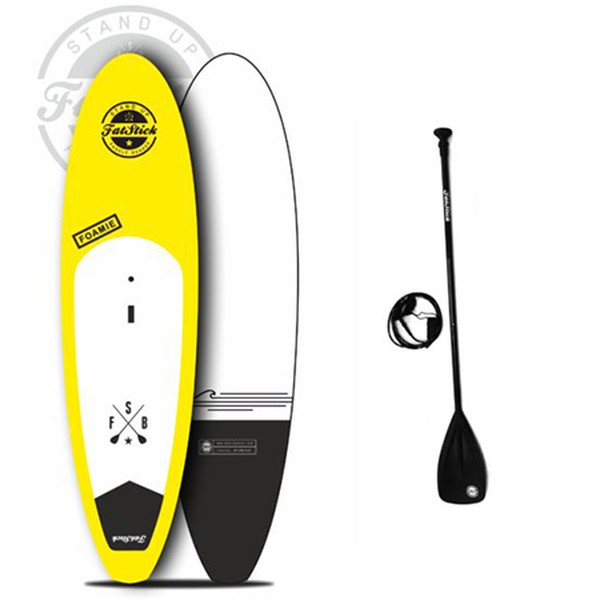
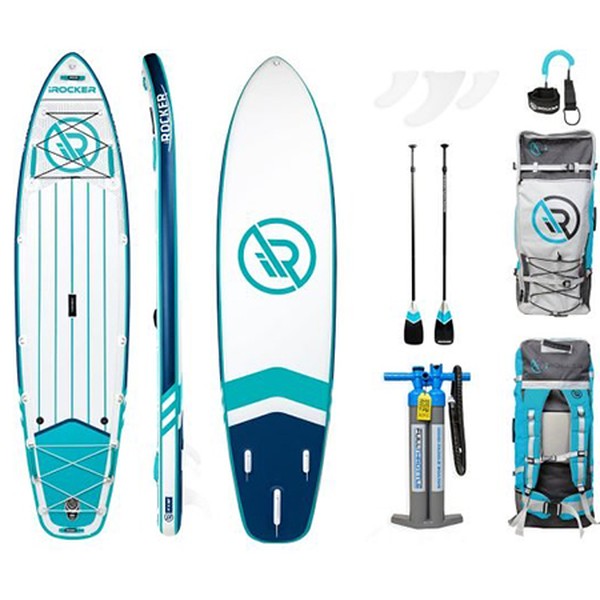
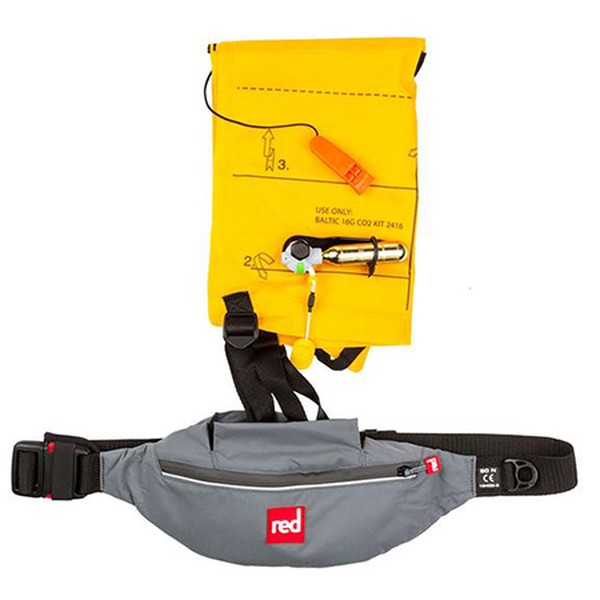
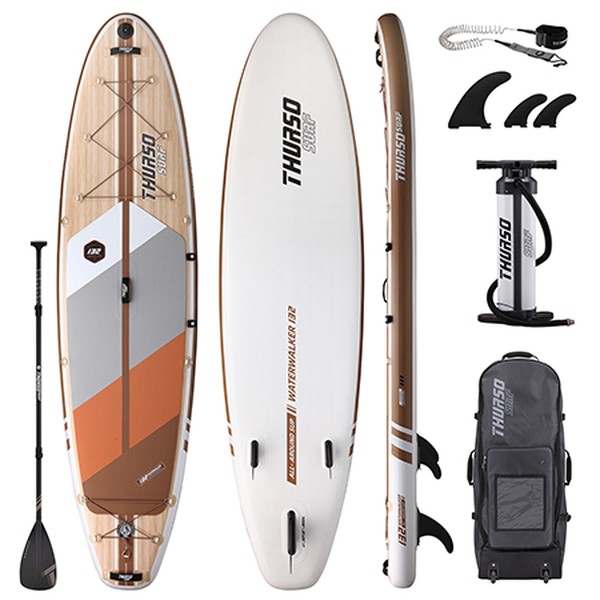
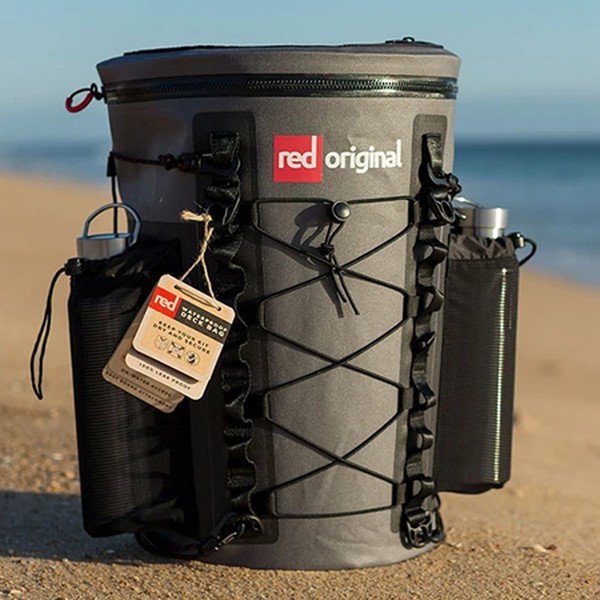
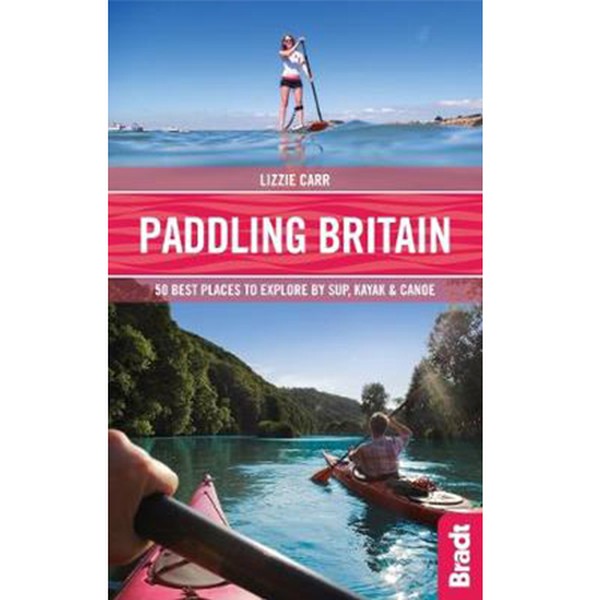
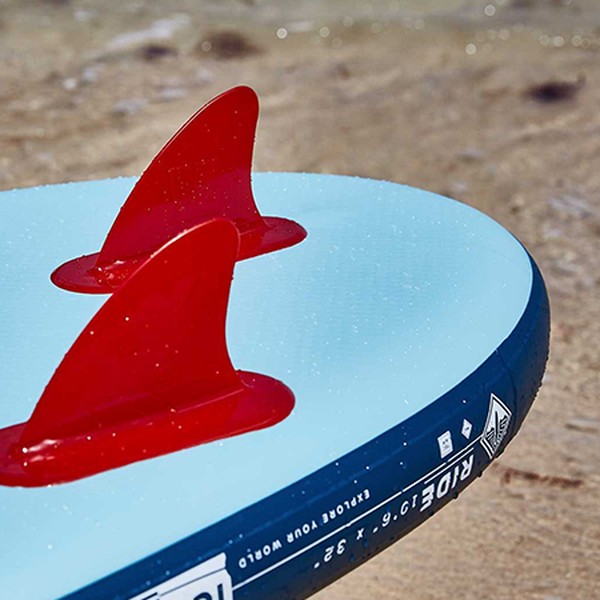
Red Paddle Co
DISCLAIMER: We endeavour to always credit the correct original source of every image we use. If you think a credit may be incorrect, please contact us at [email protected].


